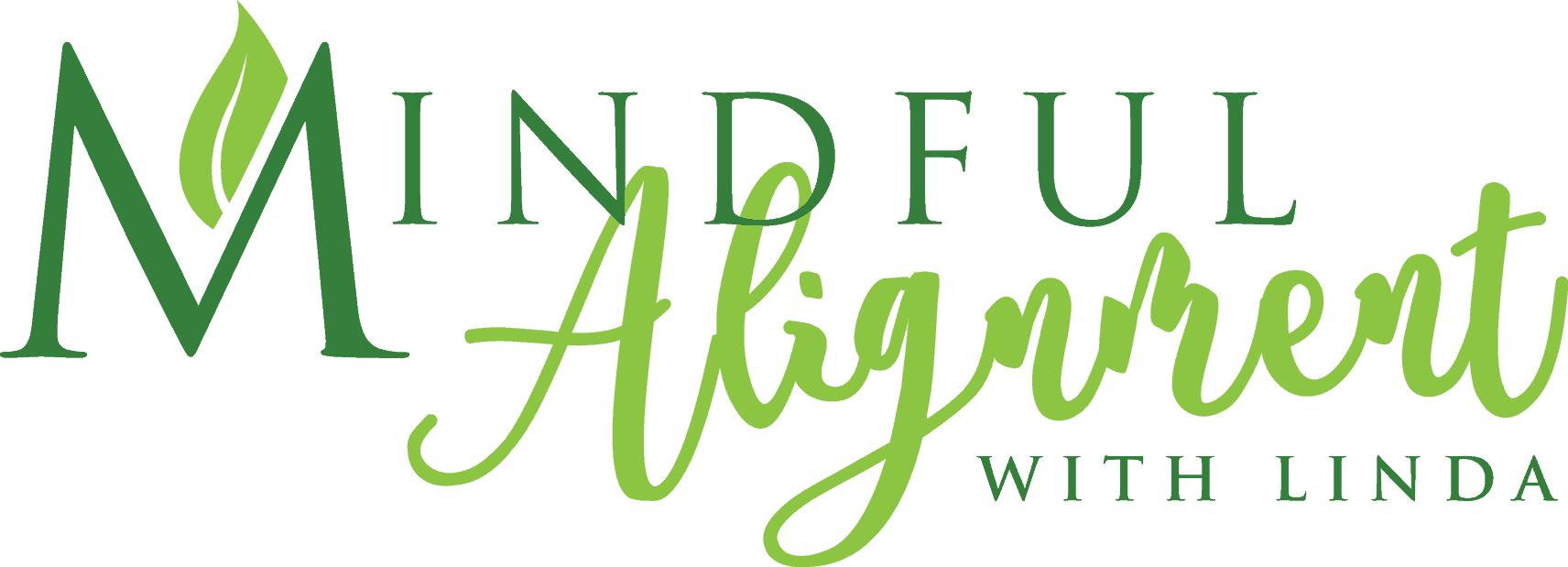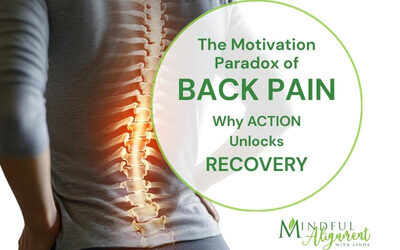Back Pain Got You Down? Try Practicing Breathwork
As many as 62,000 people have left the workforce since 2019 due to chronic back pain. Improving your posture can substantially reduce back pain.
Understanding the connection between breathing, posture and pain is a great place to start.
Breathing and Back Pain
The diaphragm is a back muscle that attaches to the spine, ribs, and sternum, supporting the joints and disks of the back and keeping the spinal column upright and stable. This dome-shaped muscle sits at the base of your lungs and helps you draw air on the inhale. Then the diaphragm moves in and down, allowing the lungs to expand, opening the rib cage and strengthening your posture.
When the diaphragm moves down on the inhale, massaging your internal organs, the pressure on the abdomen increases and stabilizes the lumbar part of the spine.
Exhaling reverses the movement of the diaphragm and allows the lungs to deflate.
Focus on how your ribs move when you inhale and how they relax when you exhale. This focus will help you relax deeper into your posture and reduce tension in your back muscles. If your belly moves out when you inhale and in on the exhale, you are doing it wrong.
What is Proper Breathing
Whether sitting or standing, good posture allows the lungs and the diaphragm the space to move; expanding and contracting with the breath is essential to prevent back pain.
It is best to breathe through your nose, not your mouth. Mouth breathing is shallow breathing which increases chronic tension in the shoulders and neck. In addition, the diaphragm does not contract fully, so the air is not drawn deeper into the lungs.
Take a Moment to Notice Your Breath
Slow down your breathing by taking deep breaths in and out through your nose, so that your abdominal muscles engage. Focus on the breath and how it makes your body feel – this can help to reduce tension and stress, improving the functioning of the nervous system, which in turn can make your pain less intense.
Strengthen your diaphragm by practicing breathwork which helps the body and mind relax and regulates autonomic functions like heart rate and respiration. This technique will help relieve tension in your back muscles and reduce pain, allowing you to breathe more deeply and improving your overall well-being.
It only takes minutes a day. Start with your hands on your belly. Let your belly soften and expand on the inhale. Then, contract the abdomen towards your spine on the exhale.
Practice breathing deeply, ensuring your inhales are slow and controlled and your exhales even slower. Focus on how your diaphragm moves when you inhale and exhale, strengthening your diaphragm.
So, if your back pain is getting you down, take a few moments to focus on how you are breathing and practice some breathwork. With some patience, you can strengthen your diaphragm and improve your posture reducing your back pain in no time!
Try it today, and get ready to say goodbye to that pesky back pain!
Here are a couple other beneficial breathing techniques:
Are you tired of living with pain?
Are your activities and daily choices determined by your level of pain?
Are you ready to change your life for the better and gain back your physical freedom?
My unique and custom designed approach comes from years of training, education and experience. Together, we will get you back to living pain free and enjoying life.
Sign up for a private session today
It’s never too late to try something new.

Related Articles:
Beyond Calcium: The Power of Yoga for Bone Health
Discover how yoga supports bone health and osteoporosis prevention. Learn science-backed poses that strengthen your skeleton and reduce fracture risk.
The Motivation Paradox: Action is the Catalyst for Healing Back Pain
Discover the Motivation Paradox of Back Pain—why waiting for motivation keeps you stuck and how action is the true catalyst for healing. Learn science-backed strategies to break the pain cycle and reclaim mobility.
Transform Back Pain Anxiety: From Uncertainty to Empowerment
Discover how to navigate pain anxiety with empowerment. Embrace uncertainty and reclaim your healing journey through mindfulness and resilience.
Transforming Your Relationship with Back Pain: A Mindset Revolution
Back pain is more than a physical challenge—it's a profound psychological journey. The real battle isn't just in your muscles and joints, but in your mind. Your thoughts can either be a prison or a pathway to healing. Reframing Your Inner Narrative When chronic pain...




